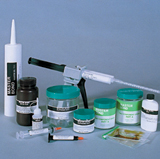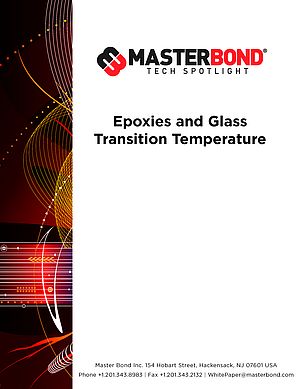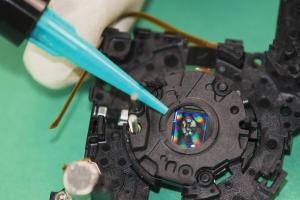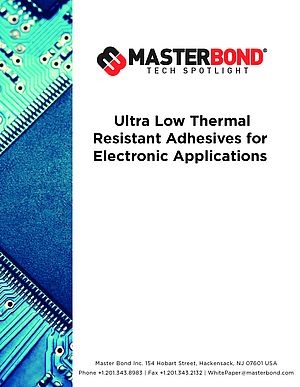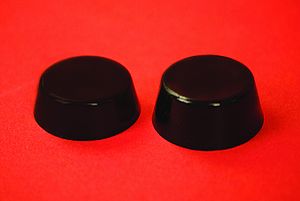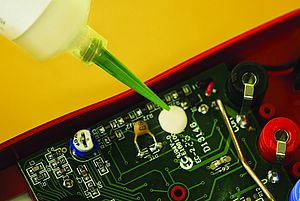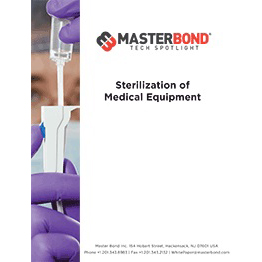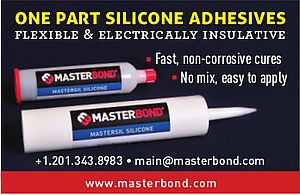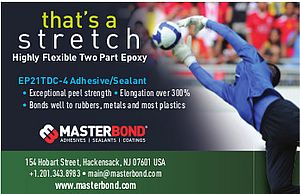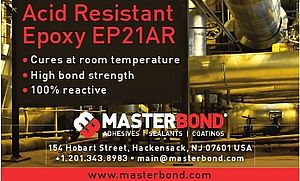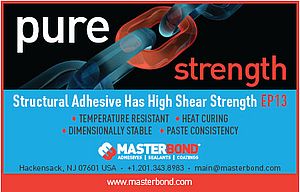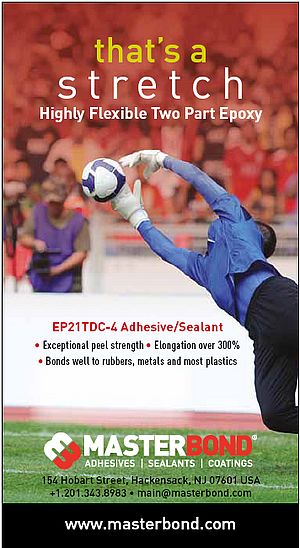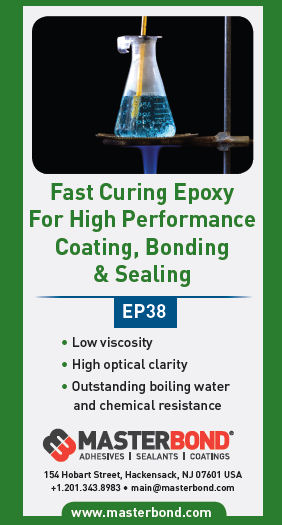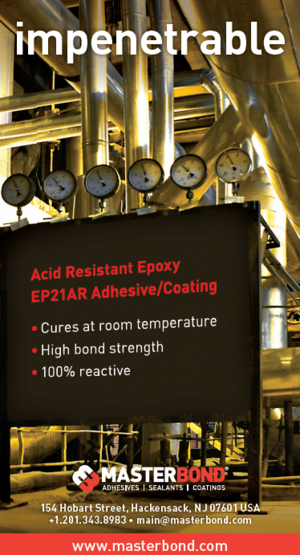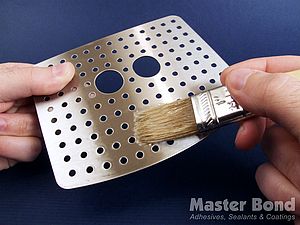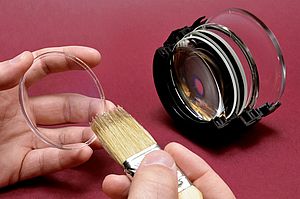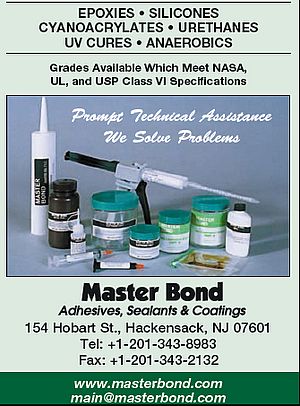A uniquely formulated epoxy adhesive has come to the rescue in an extraordinarily difficult cryogenic wind tunnel model bonding application. The state of the art wind tunnel poses a difficult challenge to engineering thermoplastics, not only in terms of the low temperatures and vacuum conditions, but in terms of thermal, thermal cycling and mechanical shear stresses. Cooled to 113°K at a rate of 40°K per hour and then reheated over a 4 hour cycle, the model's stainless, aluminum, neodyne magnet and fiber reinforced plastic substrates are all deforming at their individual CTEs, thus inducing further stress on the parts and adhesive joints. Certainly any metal adhesive would have a difficult time meeting any one of these challenging performance requirements, all the more so all of them at once.
As a NASA qualified low outgassing epoxy, multifunctional Master Bond EP21TCHT-1 was found to be ideal for the high vacuum testing application. Being a toughened, two part epoxy, and the cryogenic adhesive was a good match for the assembly of the difficult to bond substrates used in the wind tunnel model. Developing a high bond strength of 2200 psi in shear at ambient temperatures, it retains significant adhesive strength at both high temperatures, up to 400°F, and low temperature, cryogenic environments, down to 4K. The bonds produced are resistant to thermal cycling and many chemicals. As an added bonus, the hardened adhesive exhibits high thermal conductivity useful in the model's overall temperature cycling performance.


